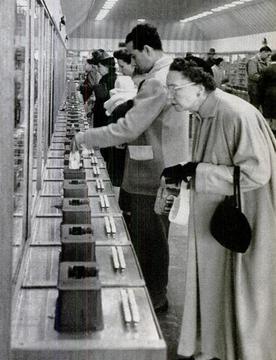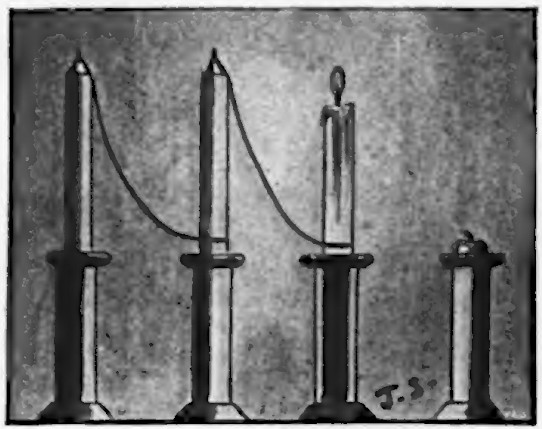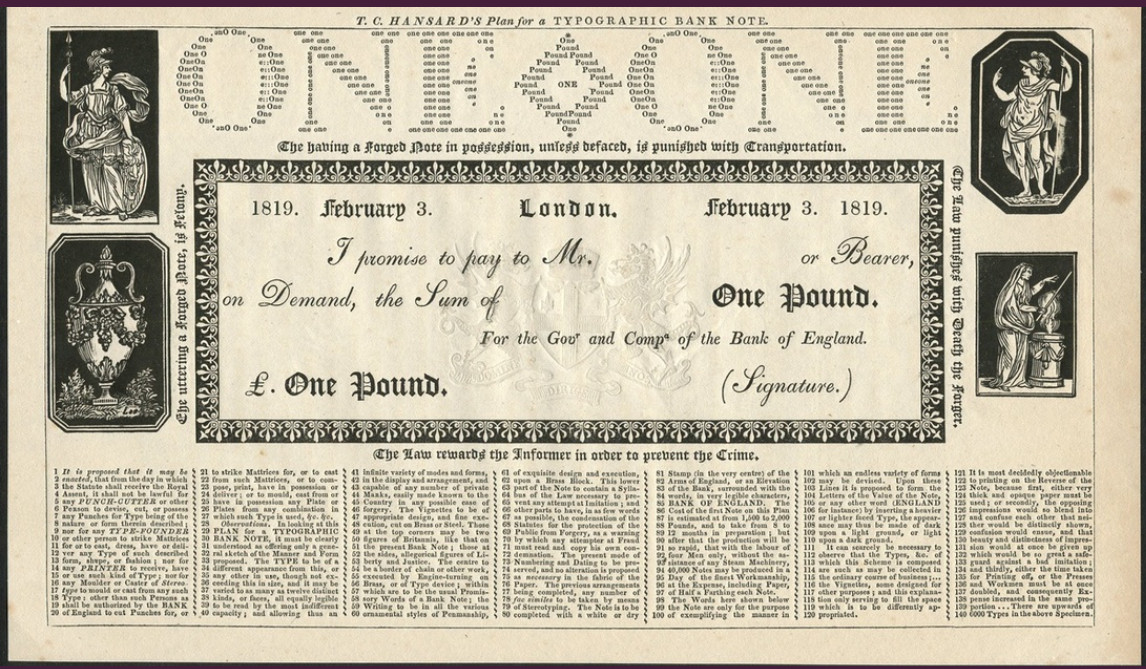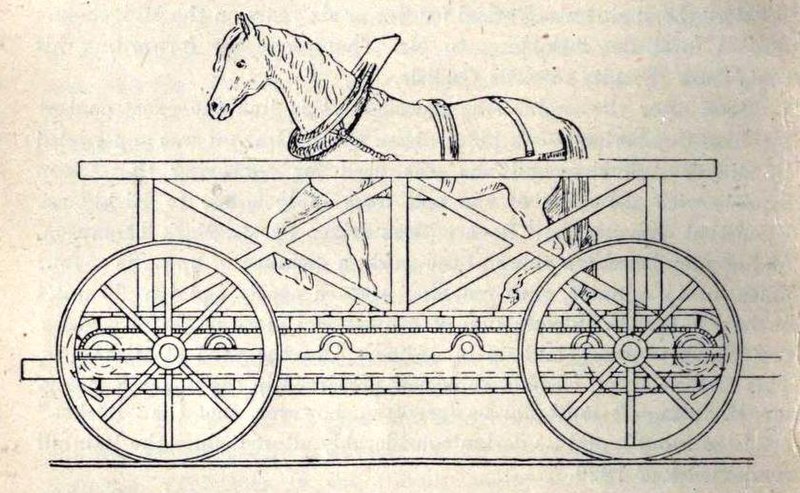
The first automated grocery store in the United States appeared in 1937. At Keedoozle, each customer received a key bearing a roll of paper tape. At a series of display cases, she’d insert her key at each item she wanted and press a button, which would punch a pattern of holes in the tape. At the cashier, an electronic “translator” would total the price and release the requested items through chutes onto a conveyor belt. The customer would wait in a lounge until her packed items were delivered to her.
Founder Clarence Saunders claimed that the automated store required only seven employees, half as many as a traditional supermarket. This permitted a 7.5 percent profit on prices 10 percent lower than competing stores, he said.
The system wasn’t entirely automated — humans kept the stocks filled and bagged the orders — and it could handle only cans and cartons, not fresh meat or vegetables. And it tended to founder when the store got busy. But historians also say that the concept was too far ahead of its time — the American public just wasn’t ready for automated shopping. Only three stores were ever built, and the last closed in 1949.
(Thanks, Abi.)






